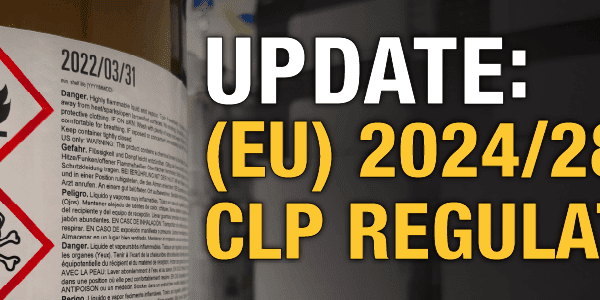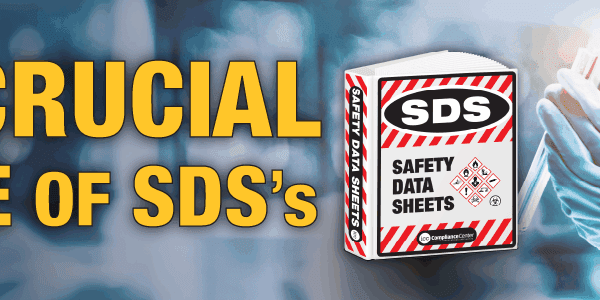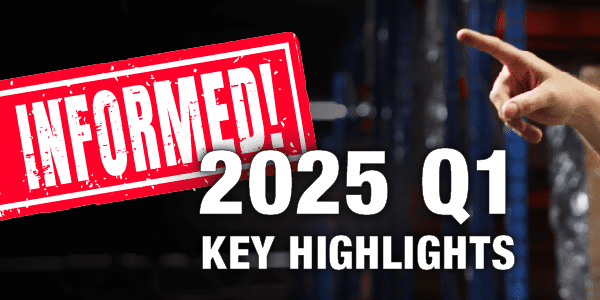
Fall Protection
During the Superbowl LVII halftime show, while watching Rihanna, I was thinking about how everyone was staying safe on the platforms. Rihanna and her dancers were suspended 15 to 60 feet above the field at any given time
If you were able to zoom in, you would have noticed a teether attached to the dancer’s ensemble. This allowed them to move freely, while never falling off the platform. Rihanna is a superstar, and she was performing at the most-watched event of the year. She had a crew and hundreds of thousands of dollars to spend on the show. Her safety was well cared for.
What about the “Average Joe” worker?
Unfortunately, Fall protection is OSHA’s number one violation year after year. According to the National Safety Council, in 2020, * 805 workers died in falls, and 211,620 were injured badly enough to require days off work.
Falls can happen when working on a ladder, roof, scaffolding, or platforms. Falls can also happen due to uneven work surfaces or holes in concrete or parking lots.
Falls can happen in any industry. An employee may be working over a vat of acid, and an employee may be working overhead fixing machinery, or on a lift changing lightbulbs. It is not only the construction industry, working on roofs and skyscrapers that are impacted.
The Fall Protection standard is found in several places, depending on the industry.
General industry: 29 CFR (Code of Federal Regulations) Part 1900.1910, Subpart D, F, I, and R
Maritime: 29 CFR 1915, 1917 and 1918
Construction: 29 CFR 1926
OSHA (Occupational Safety & Hazard Administration) requires that fall protection be provided at elevations of four feet in general industry workplaces, five feet in shipyards, six feet in the construction industry, and eight feet in longshoring operations. In addition, OSHA requires that fall protection be provided when working over dangerous equipment and machinery, regardless of the fall distance.
OSHA requires employers to
- Provide working conditions that are free of unknown dangers
- Keep floor areas clean and dry
- Select and provide personal protective equipment that is right for the job
- Train workers in the hazards of the job, and how to keep themselves safe.
- There are many useful resources online for employers. If you want to improve safety in your workplace, take time to look them up and discuss them with your work.
Do you have questions about keeping your employees and workplace safe? Our team of experts are just a call away for our customers at 855.734.5469 or send us an email, we’re happy to help.
Stay up to date and sign up for our newsletter!
We have all the products, services and training you need to ensure your staff is properly trained and informed.
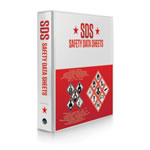 Safety Data Sheet (SDS) Services |
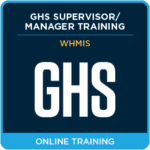 OSHA / WHMIS / GHS Training Courses |
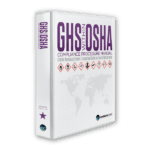 GHS Publications |
https://www.nsc.org/work-safety/safety-topics/slips-trips-falls

